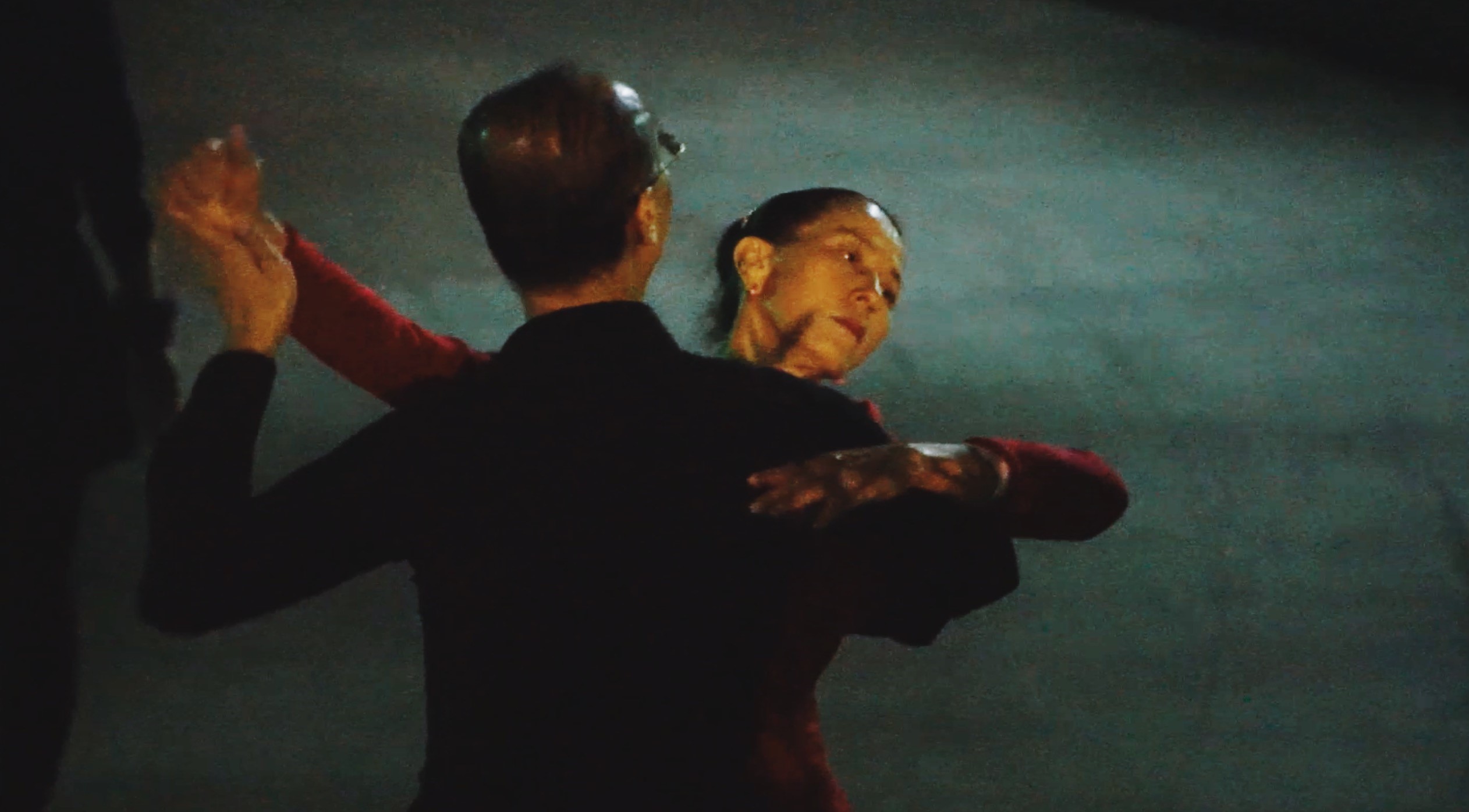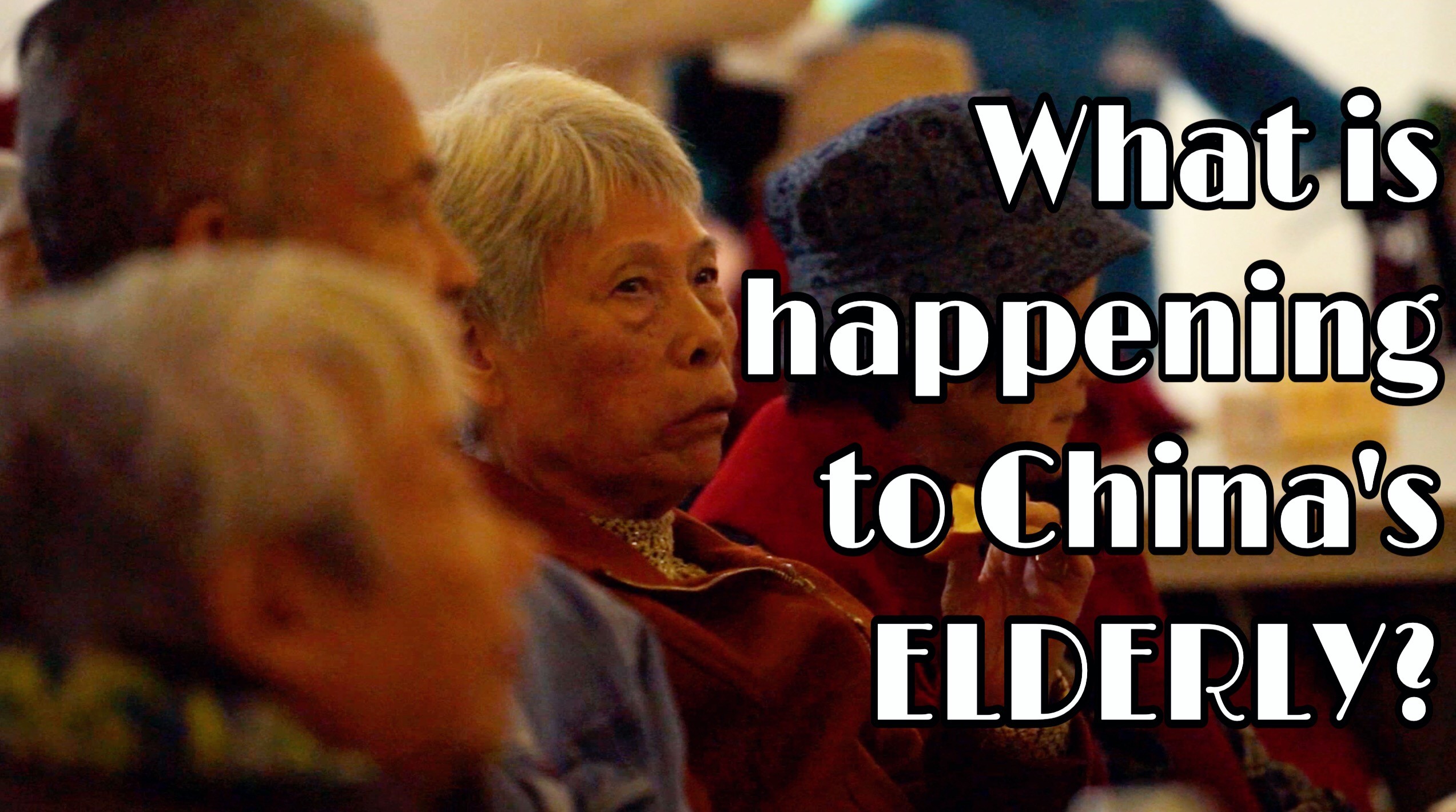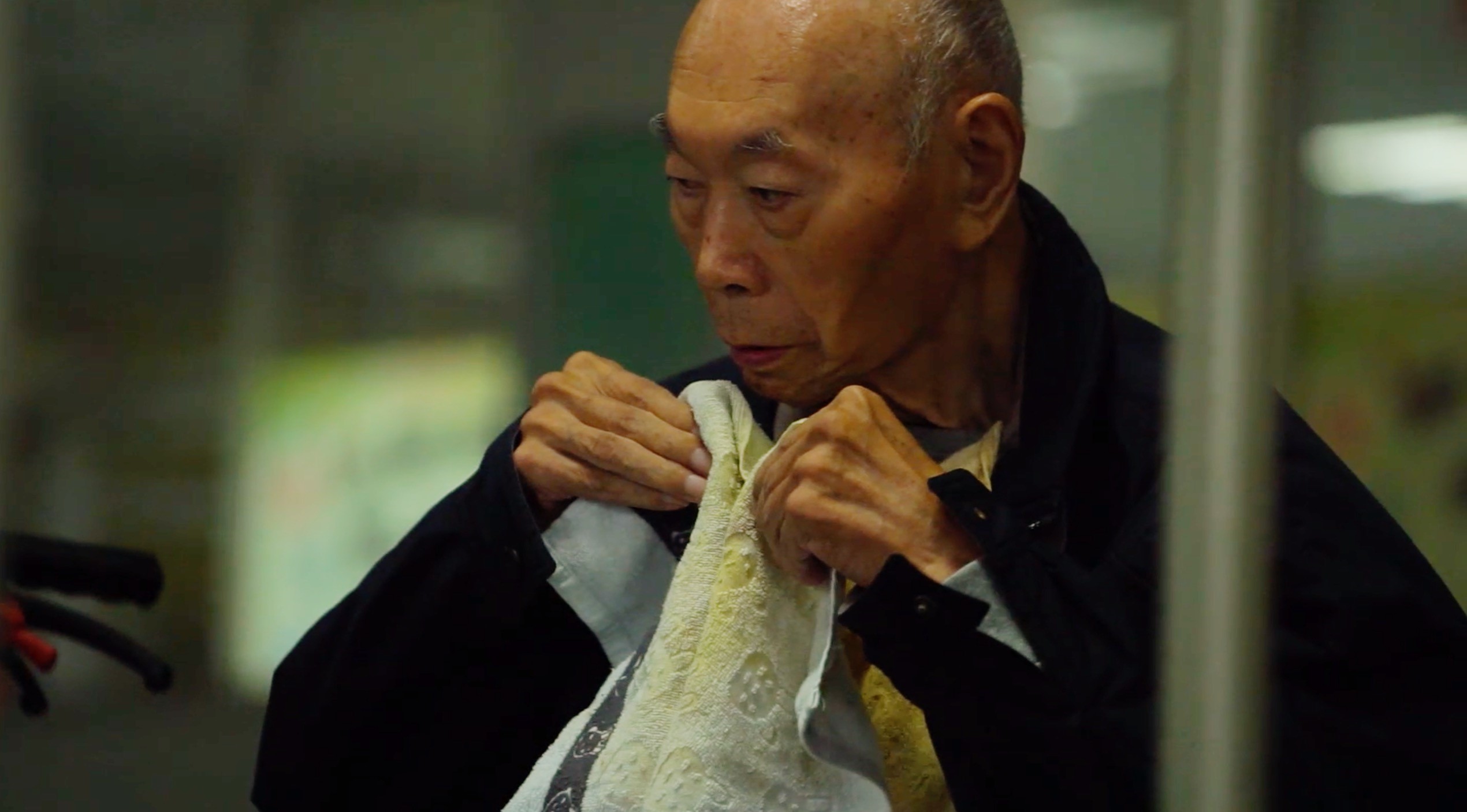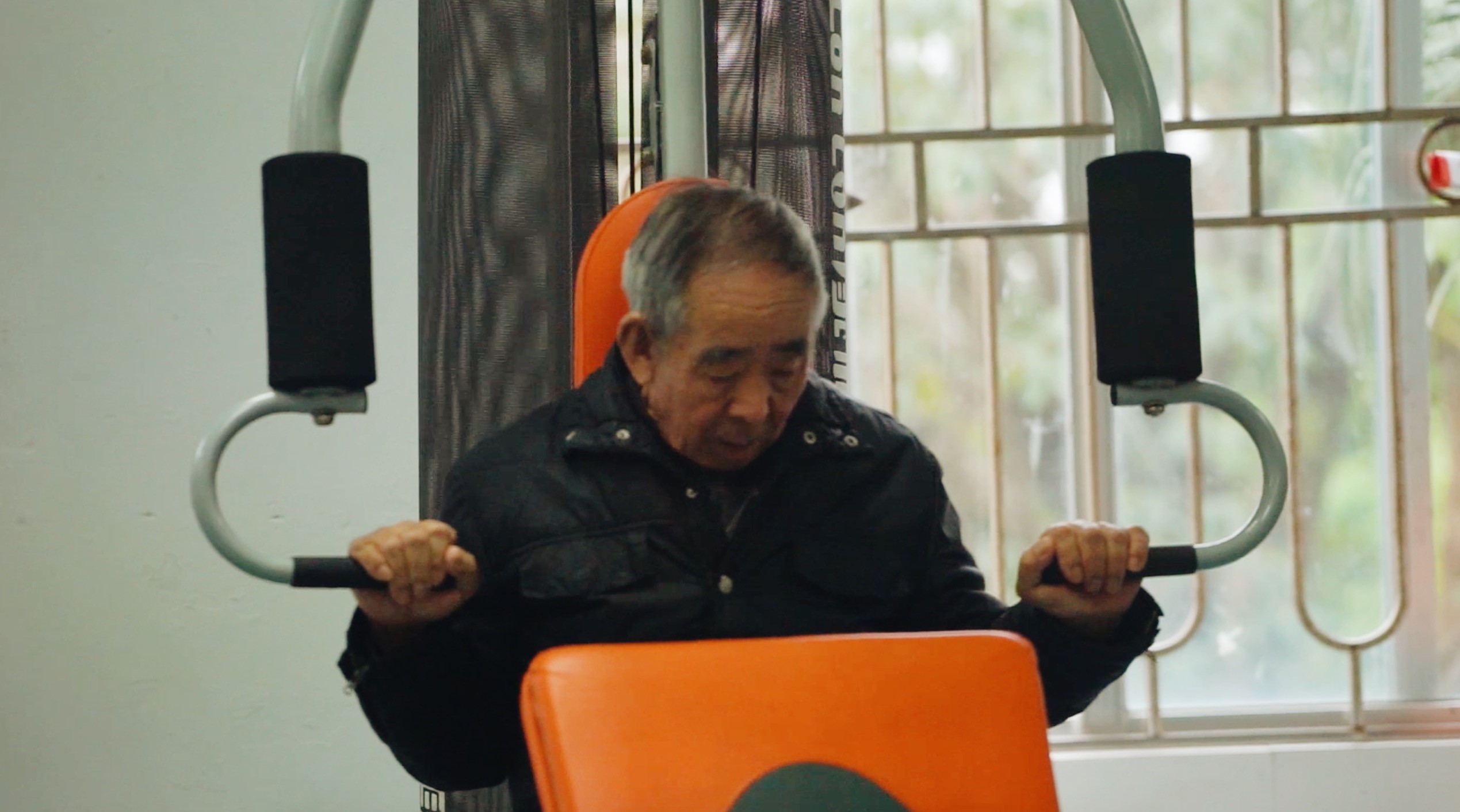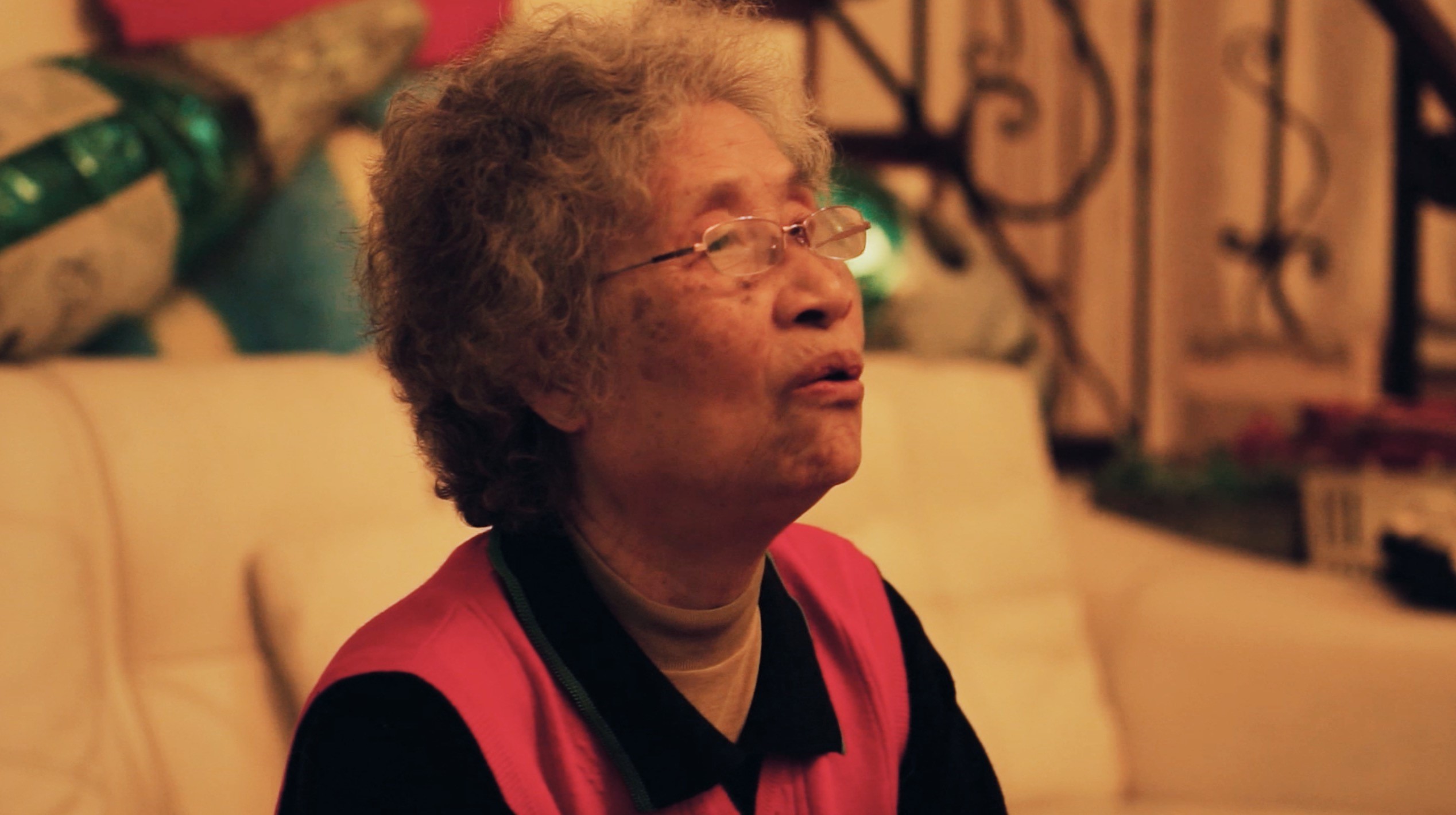
Walking in the desert in the hinterland of China, the cold, dry wind blows over my face. For a moment, I feel like traveling back to more than 2,000 years ago. At that time, Emperor Wudi of the Han Dynasty sent Zhang Qian to communicate with various countries in the Western Regions, thus opening up the Silk Road that connected the ancient cultures and trade between the East and the West. Located at the heart of the Silk Road, Gansu Province combined Eastern and Western art forms to form a unique school of its own.
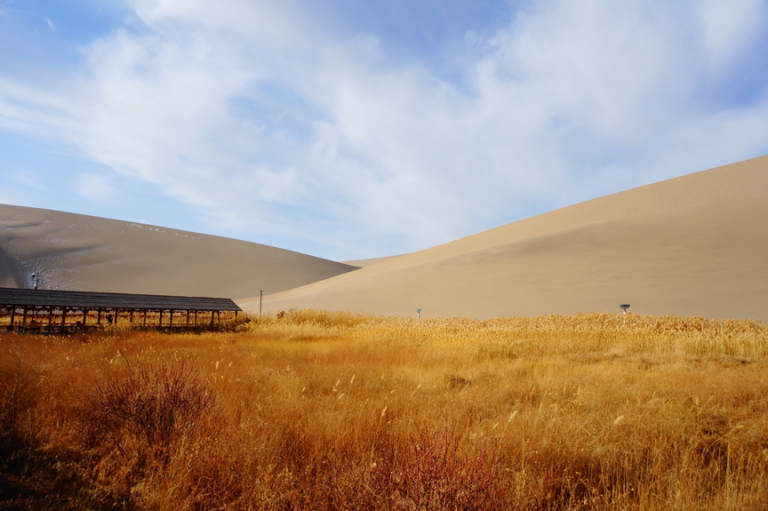
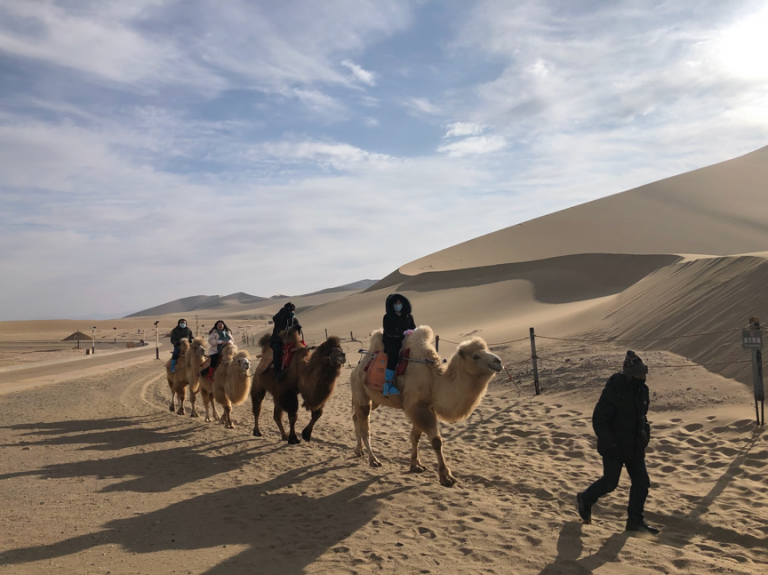
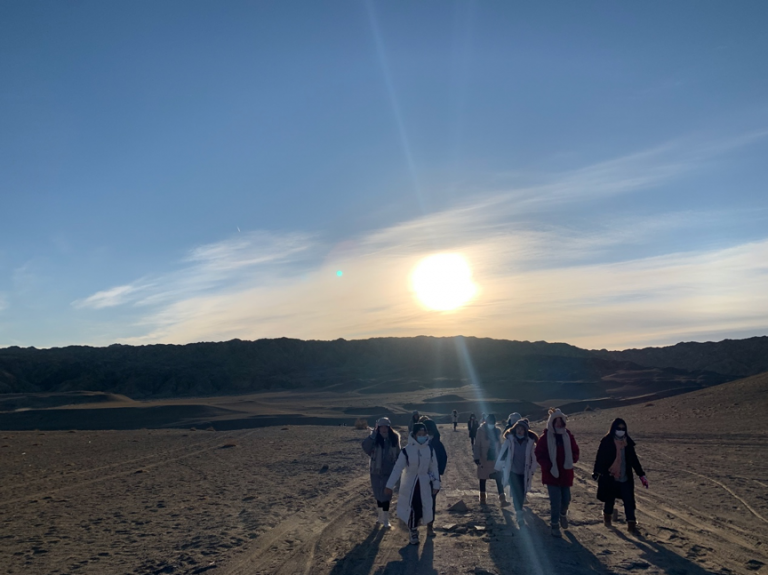
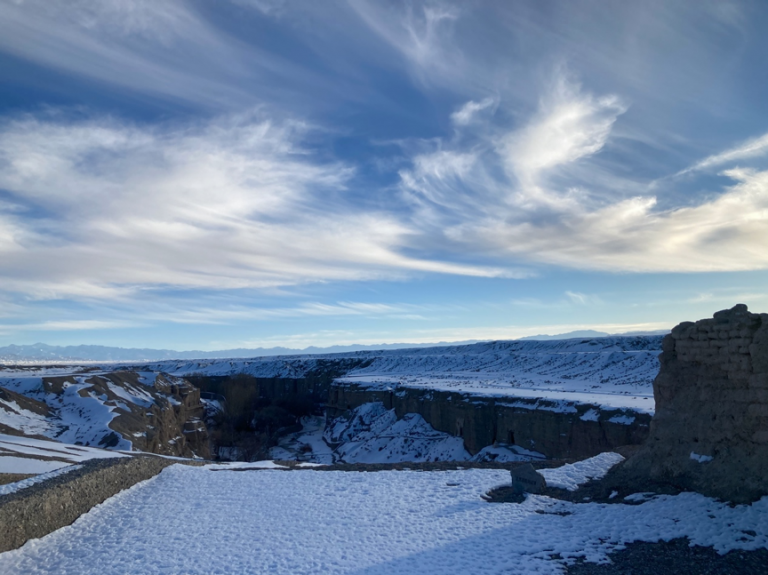
On the second day in Gansu, we went to the Zhangye Buddha Temple. The day before Zhangye had snowed, the big Buddha temple was covered by white. There were only a few people who choose to visit Big Buddha Temple during the winter, so look around in the temple, we were the only visitors. When stepping into the gate of the big Buddha temple, I was touched at the moment when I saw the main hall of the it. What I saw was a huge building which color of the wooden structure had faded almost, but a kind of primitive simplicity happened to permeate out from the dark color. Once we got into the hall, we were directly facing the reclining Buddha, the ancient exquisite carving technology makes it as if the moment of Buddha Nirvana was fixed frame down, fixed in the big Buddha temple. His face was merciful and serene, and I looked at him, at his eyes which were still open, as if all of the troubles were like something happened in the past at that moment, as if all of our filth would manifest itself before his eyes.


But unfortunately, because it is the off-season of tourism, and the cold weather is about minus 20 degrees Celsius, the big Buddha temple had no incense to sell, so I couldn’t burn one, in order to learn from those believers to pray to the Buddha for peace and prosperity.


On the third day, we went to Jiayuguan Pass, which is reputed as the “The Greatest Pass”. Jiayuguan Pass was built in the Ming Dynasty and made a great contribution to resisting foreign invasion in the Ming and Qing dynasties. When we went to the Jiayuguan Pass it was also covered with snow, which made it more and more solemn. The wall here is extremely thick, which protects the Pass City firmly inside. The city wall here is also extremely long, as far as the eye can see, stretching to the end of the mountain. Looking outside the city, the land that once belonged to foreigners a hundred years ago, I remembered that where I was stepping on should be the most turbulent border at that time. Once there were fires and flames, but now people live and work in peace and contentment here. This is the land that our ancestors fought out with their own flesh and blood. I would like to say to them: The flourishing age is as you wish.


On the fourth and fifth day, we visited two famous grottoes in Gansu — Yulin Grottoes and Mogao Grottoes. Gansu is located in the northwest, with arid climate, and most of its land is desert and gobi, which is not suitable for the construction of traditional temples. Therefore, the people of the Western Regions dug caves in the desert cliffs, built statues and painted murals as places to worship Buddha. The Yulin Grottoes and Mogao Grottoes are also derived from this. The murals in these grottoes have existed for thousands of years, after the baptism of time, some have been oxidized and blackened, some have peeled off from the walls, many, have long been unable to see their once brilliant appearance.
Mogao Grottoes and Yulin Grottoes stand in the northwest desert, withstanding the erosion of wind and sand, while their charm and unique beauty is exactly from the accumulation of time, engraved into the mind of every person who wants to admire their demeanor.
I have seen the transformation of the styles of mural sculpture in different periods. I have seen the gradual transition from the early rough to the restrained and elegant combination of traditional Oriental aesthetics. I seemed to understand the process of Gansu’s unique traditional culture from scratch, and saw a flower of art that even the sand in the northwest desert could not bury.




Then we went to experience the making of grass squares, one of the most commonly used methods in sand control projects. We need to square the sand, and spread some hay on it, then stick the them into the sand bit by bit with a spade. Finally, the sand in the middle of the grid should be shoveled into an inverted pyramid, so as to better fix the sand. However, such a tiny grid which was even less than 1 meter square could expend the time of nearly 40 minutes of 4 people. Looking around, the mountains were all covered with grass squares, there were hundreds of thousands of them, which were the result of dozens years’ hard work by the Northwest sand control workers. They stick to the dry desert, with sand all day long, to prevent desertification to make their own contributions.
But not long ago, there was a news exposure of tens of thousands of square meters of shelter-belts in Dunhuang being cut down for the purpose of growing grapes. Then I suddenly thought of the grass squares that we planted on the Echo Sand Mountain, and of the sand control workers who treat these shelter-belts as their own children. I couldn’t help feeling angry and helpless. For those fools who were blinded by greed, I feel ridiculous.


During this trip to the Western Regions, I saw the desert scenery different from the South and the unique Buddhist culture of Gansu Province. Everything here is colored. But that’s not the only reason we were here. I think we should see its origin, its evolution, and its permanence of what are still there. I also believe that we should take over the baton of cultural inheritance and learn more about our own traditional culture.


- Article / Lilith
- Photo / Lisia Gao, Rose Xu, Marco Si, Evelyn Li, Luo Cheng













